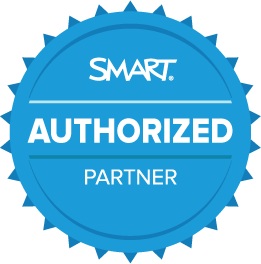5 Factors to Help Select the Right Devices for Your School
- May
- 18
- Posted by Shree Deb
- Posted in Chromebooks, The Blogs

In today’s classroom, technology is an extension of teaching. Like any good educator, the best devices can support a variety of learning styles, environments, and activities. But choosing from the sheer volume of available laptops, detachables, and tablets takes time and discernment.
This article is designed to help you identify and evaluate the most critical factors in selecting devices that work for the entire school.
1. Consider performance.
The needs of your users, particularly students, and teachers, are the most appropriate place to start. What types of programs do they need to run? What are their primary activities? Where will the learning day take place? At minimum, ensure to select a device that can support:
- Video, collaboration, and remote learning tools
- Touch screen and web-based activities
- Data analysis, coding, and content generation tasks
- Higher functions like graphic design and esports
2. Choose an appropriate form factor.
Once you know what the devices will be used for, you can move on to selecting the appropriate size, configuration, or physical arrangement of a computing device, otherwise known as its form factor. According to Intel, “ChromeOS devices are also a popular choice for [students and educators], with a wide range of available form factors. All Chrome devices run the Chrome operating system created by Google and can support powerful configurations of memory, storage, and security.”
When in doubt, a Chromebook offers the hybrid teaching and learning capabilities that are most appropriate for the modern classroom.
3. Assess compatibility with the wider ecosystem.
There are a number of external devices your edtech will need to be capable of supporting if classroom activities are to run smoothly. Be it a second monitor, earbuds, or external hard drive, you want devices that pair with as many peripherals, softwares, and current tools as possible.
Open ecosystems, like those used in ChromeOS devices, provide unmatched flexibility, so learning isn’t limited by brand loyalty.
4. Evaluate security and privacy capabilities.
Ensuring the school’s proprietary info and your student and staff’s sensitive data stay safe is essential for learning continuity. That means investing in devices that operate with a built-in suite of security tools and features.
To stay protected from an alarming rise in cyberattacks like ransomware, schools need comprehensive hardware and software protections like the automatic software updates and virus protections included with every Chromebook.
5. Weigh the cost options.
Anytime you’re investing in a fleet of devices, cost will be a key consideration. It will be easiest to justify your budget if you’re spending for devices that are durable, scalable, and high-performing. Techonology can be replaced more often if funds are available on a recurring basis but don’t forget to consider and budget for professional development, technology support, infrastructure, retrofitting classrooms and installations, before introducing new classroom tech.
As technology continues to be a critical component of modern learning environments, decision makers will need to be well-versed in the device selection factors that best support learning successes.






